Home>Furniture & Design>Bedroom Furniture>What Is A Memory Foam Mattress
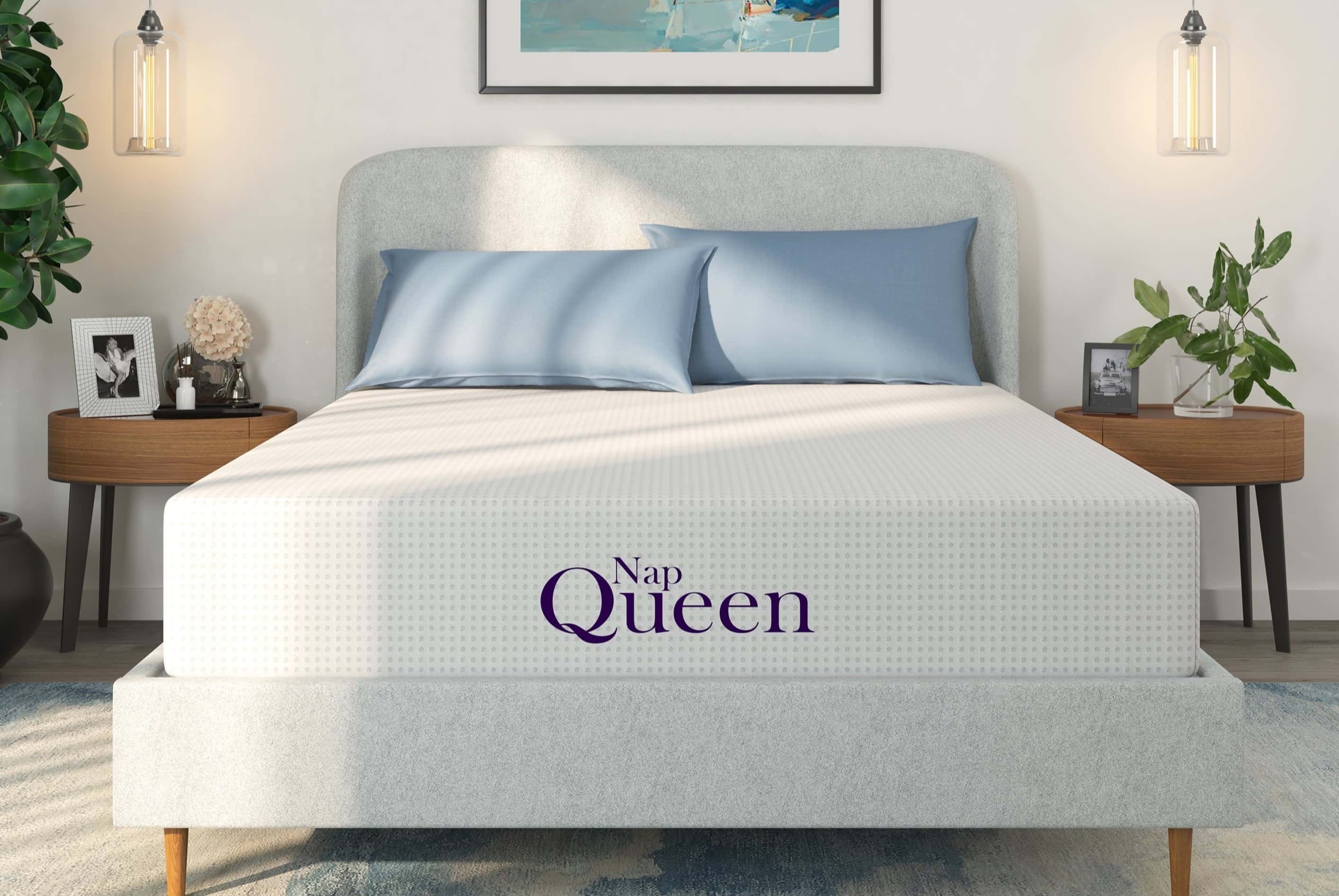

Bedroom Furniture
What Is A Memory Foam Mattress
Modified: October 18, 2024
Discover the benefits of a memory foam mattress for your bedroom. Find the perfect bedroom furniture and design for a comfortable night's sleep. Explore our selection now!
(Many of the links in this article redirect to a specific reviewed product. Your purchase of these products through affiliate links helps to generate commission for Storables.com, at no extra cost. Learn more)
**
Introduction
**
Welcome to the world of bedroom comfort and restful sleep! In today's fast-paced world, a good night's sleep has become a luxury. However, with the right mattress, achieving a peaceful slumber is within reach. Among the many options available, memory foam mattresses have gained immense popularity for their ability to provide both support and comfort.
These innovative mattresses have revolutionized the way people sleep, offering a unique blend of technology and comfort. In this article, we will delve into the fascinating world of memory foam mattresses, exploring their origins, benefits, drawbacks, and essential factors to consider when choosing the perfect memory foam mattress for your needs.
Whether you're a sleep enthusiast, a design aficionado, or someone simply seeking a better night's sleep, this comprehensive guide will equip you with the knowledge to make an informed decision about memory foam mattresses. So, let's embark on this journey to discover the wonders of memory foam and its potential to transform your sleep experience.
**
Key Takeaways:
- Memory foam mattresses contour to your body, relieve pressure points, and minimize motion transfer, offering a personalized and undisturbed sleep experience for all sleepers.
- When choosing a memory foam mattress, consider factors like density, thickness, temperature regulation, certifications, trial periods, and sleep preferences to ensure a revitalizing and supportive sleep environment.
Read more: What Is The Coolest Memory Foam Mattress
What Is Memory Foam?
**
Memory foam, also known as viscoelastic foam, is a unique material that has transformed the mattress industry. Developed by NASA in the 1960s to improve the safety and comfort of aircraft cushions, memory foam has since found its way into various consumer products, with mattresses being one of the most popular applications.
What sets memory foam apart is its ability to contour to the body in response to heat and pressure, evenly distributing body weight and providing personalized support. This remarkable characteristic allows the foam to adapt to the shape of the sleeper, offering a cradling sensation that can alleviate pressure points and promote better spinal alignment.
Memory foam is composed of polyurethane with added chemicals that increase its viscosity and density. This results in a material that is both soft and supportive, making it ideal for mattresses. When you lie down on a memory foam mattress, the foam molds to your body, creating a custom sleep surface that responds to your movements and provides tailored comfort throughout the night.
Besides mattresses, memory foam is used in pillows, mattress toppers, and various other bedding products. Its versatility and ability to enhance sleep quality have made it a sought-after material for those in search of a restful and rejuvenating sleep experience.
As we continue our exploration of memory foam mattresses, it's important to understand the science behind this innovative material and how it contributes to a better night's sleep. By gaining insight into the unique properties of memory foam, you'll be better equipped to appreciate the benefits it offers and make an informed decision when selecting a mattress.
**
History of Memory Foam Mattresses
**
The journey of memory foam mattresses traces back to the 1970s when NASA released this revolutionary material to the public domain. Initially developed to improve the safety and comfort of aircraft seats, memory foam soon found its way into the medical field, where its pressure-relieving properties were highly valued for patients confined to bed for extended periods.
It wasn’t long before the bedding industry recognized the potential of memory foam for enhancing sleep quality. In the 1990s, memory foam mattresses began to gain traction in the consumer market, offering a new approach to comfort and support. This marked the beginning of a significant shift in the way people perceived and experienced sleep.
As memory foam mattresses gained popularity, manufacturers continued to refine the material and its applications, leading to the development of advanced memory foam technologies. This resulted in a diverse range of memory foam mattresses tailored to different sleep preferences, body types, and budget considerations.
Today, memory foam mattresses are available in various configurations, including traditional memory foam, gel-infused memory foam, and plant-based memory foam, each offering unique benefits to cater to individual needs. These advancements have further solidified the position of memory foam mattresses as a leading choice for those seeking a balance of comfort and support.
Moreover, the evolution of memory foam mattresses has been marked by a commitment to sustainability and eco-friendliness. Many manufacturers have embraced eco-conscious practices, using plant-based materials and environmentally friendly production methods to reduce the environmental impact of memory foam mattresses.
As we reflect on the history of memory foam mattresses, it becomes evident that these innovative sleep surfaces have come a long way from their origins in space exploration and medical care. Today, memory foam mattresses represent a harmonious blend of science, comfort, and personalized support, offering a pathway to restorative and rejuvenating sleep for countless individuals around the world.
**
Benefits of Memory Foam Mattresses
**
Memory foam mattresses offer a myriad of advantages that have contributed to their widespread acclaim among sleep enthusiasts. Understanding these benefits is essential for anyone considering investing in a new mattress, as it allows for informed decision-making based on individual sleep needs and preferences.
-
Pressure Relief: One of the most significant benefits of memory foam mattresses is their exceptional ability to relieve pressure points. The foam contours to the body, distributing weight evenly and reducing stress on specific areas, such as the shoulders, hips, and lower back. This can alleviate discomfort and promote better circulation, leading to a more restful sleep experience.
-
Customized Support: Memory foam adapts to the sleeper’s body, providing personalized support that aligns with the natural curves and contours. This tailored support can help maintain proper spinal alignment, reducing the likelihood of waking up with aches and pains.
-
Motion Isolation: For individuals who share a bed, memory foam mattresses excel at minimizing motion transfer. This means that movements on one side of the bed are less likely to disturb the other sleeper, promoting uninterrupted rest for both partners.
-
Allergy-Friendly: Many memory foam mattresses are resistant to dust mites and mold, making them an excellent choice for individuals with allergies. The dense structure of memory foam inhibits the accumulation of allergens, contributing to a healthier sleep environment.
-
Longevity: High-quality memory foam mattresses are designed to maintain their shape and supportive properties over time. This durability ensures that the mattress can provide consistent comfort and support for years, offering long-term value for the investment.
-
Versatility: Memory foam mattresses are suitable for various sleep positions, accommodating side sleepers, back sleepers, and stomach sleepers alike. The adaptable nature of memory foam allows it to conform to different sleeping styles, promoting comfort regardless of individual preferences.
These benefits collectively contribute to the appeal of memory foam mattresses, making them an attractive option for those seeking a rejuvenating and supportive sleep surface. By prioritizing comfort, pressure relief, and personalized support, memory foam mattresses have redefined the standard for restful sleep, offering a transformative experience for sleepers of all preferences and needs.
**
When shopping for a memory foam mattress, look for one with a higher density for better support and durability. A density of 4-5 lbs per cubic foot is considered high quality.
Drawbacks of Memory Foam Mattresses
**
While memory foam mattresses offer a host of benefits, it’s important to consider potential drawbacks to make an informed decision when selecting a sleep surface. Understanding these limitations can help individuals weigh the pros and cons based on their specific sleep preferences and needs.
-
Heat Retention: One common concern with traditional memory foam mattresses is their tendency to retain heat. The dense structure of the foam can trap body heat, potentially causing discomfort for those who are sensitive to temperature fluctuations during sleep.
-
Off-Gassing: Newly purchased memory foam mattresses may emit a chemical odor known as off-gassing. While this odor typically dissipates over time, it can be a concern for individuals with heightened sensitivity to smells or those seeking a more natural sleep environment.
-
Initial Firmness: Some individuals may find that memory foam mattresses feel initially firmer than expected. While the foam gradually adjusts to the body’s contours, the initial sensation of firmness may require an adjustment period for those accustomed to traditional spring mattresses.
-
Weight Sensitivity: Memory foam mattresses respond to pressure and heat, which means they may not be the ideal choice for individuals who prefer a more buoyant or responsive sleep surface. Those who are accustomed to the bounce of traditional innerspring mattresses may find the sink-in feeling of memory foam less appealing.
-
Maintenance: While memory foam mattresses are durable, they may require regular rotation to prevent uneven wear and maintain optimal support. Additionally, some models are not designed to be flipped due to their layered construction, requiring specific care guidelines to prolong their lifespan.
-
Cost: High-quality memory foam mattresses often come with a higher price tag compared to traditional mattresses. While the long-term benefits and durability justify the investment for many individuals, the initial cost may be a consideration for budget-conscious shoppers.
By acknowledging these drawbacks, individuals can make an informed decision when evaluating memory foam mattresses. While the benefits of pressure relief, personalized support, and motion isolation are compelling, it’s essential to consider factors such as heat retention, off-gassing, and initial firmness to ensure that the chosen mattress aligns with personal comfort preferences and sleep habits.
**
Read more: What Is A Memory Foam Mattress Good For
Choosing the Right Memory Foam Mattress
**
When it comes to selecting a memory foam mattress, several key factors should be considered to ensure that the chosen sleep surface aligns with individual preferences and requirements. By evaluating these essential aspects, individuals can make an informed decision that promotes restful and rejuvenating sleep.
-
Density: The density of the memory foam influences its firmness and durability. High-density foam offers enhanced support and longevity, making it suitable for individuals seeking long-term comfort and pressure relief. Medium-density foam provides a balance of support and contouring, while low-density foam may be preferable for those who prioritize plushness and breathability.
-
Thickness: Memory foam mattresses are available in various thickness options, typically ranging from 6 to 14 inches. Thicker mattresses often provide deeper contouring and support, making them ideal for individuals with specific pressure relief needs or those seeking a more substantial sleep surface.
-
Temperature Regulation: Considerations for temperature regulation are crucial, especially for individuals sensitive to heat retention. Look for memory foam mattresses with cooling technologies, such as gel-infused foam or open-cell construction, to promote airflow and dissipate heat, ensuring a comfortable sleep environment.
-
Certifications: When exploring memory foam mattresses, prioritize options that hold certifications for quality and safety, such as CertiPUR-US® or OEKO-TEX®. These certifications ensure that the foam is free from harmful chemicals and meets stringent standards for performance and environmental impact.
-
Trial Period and Warranty: Opt for a memory foam mattress that offers a generous trial period, allowing sufficient time to assess its comfort and support. Additionally, a robust warranty that covers structural integrity and manufacturing defects provides added peace of mind, ensuring long-term satisfaction with the investment.
-
Sleep Position and Preferences: Consider individual sleep habits and preferences when selecting a memory foam mattress. Side sleepers may benefit from a softer feel to alleviate pressure points, while back and stomach sleepers may require firmer support for proper spinal alignment.
By carefully evaluating these factors, individuals can navigate the diverse landscape of memory foam mattresses and identify the most suitable option for their sleep needs. Whether prioritizing support, temperature regulation, or eco-friendly materials, selecting the right memory foam mattress can pave the way for restorative and blissful sleep experiences.
**
Conclusion
**
As we conclude our exploration of memory foam mattresses, it’s evident that these innovative sleep surfaces have redefined the way people experience rest and rejuvenation. From their origins in space exploration to their widespread availability in the consumer market, memory foam mattresses have evolved to offer a harmonious blend of comfort, support, and personalized sleep solutions.
The benefits of memory foam mattresses, including pressure relief, customized support, and motion isolation, have propelled them to the forefront of the bedding industry, catering to the diverse needs and preferences of sleep enthusiasts worldwide. Furthermore, advancements in memory foam technology have addressed concerns such as heat retention and off-gassing, enhancing the overall appeal and suitability of memory foam mattresses for a broad spectrum of individuals.
While it’s essential to acknowledge the potential drawbacks of memory foam mattresses, such as initial firmness and maintenance considerations, the overarching benefits and transformative impact on sleep quality make them a compelling choice for those seeking a blissful and restorative sleep experience.
As individuals embark on the journey of selecting the right memory foam mattress, factors such as density, thickness, temperature regulation, certifications, trial periods, and sleep preferences should be carefully considered to ensure that the chosen mattress aligns with personal comfort needs and promotes a revitalizing sleep environment.
Ultimately, memory foam mattresses stand as a testament to the fusion of science, innovation, and comfort, offering a pathway to restful and rejuvenating sleep for individuals seeking a supportive and personalized sleep surface. By embracing the wonders of memory foam, sleep enthusiasts can embark on a transformative journey to discover the profound impact of a truly blissful and rejuvenating slumber.
Frequently Asked Questions about What Is A Memory Foam Mattress
Was this page helpful?
At Storables.com, we guarantee accurate and reliable information. Our content, validated by Expert Board Contributors, is crafted following stringent Editorial Policies. We're committed to providing you with well-researched, expert-backed insights for all your informational needs.
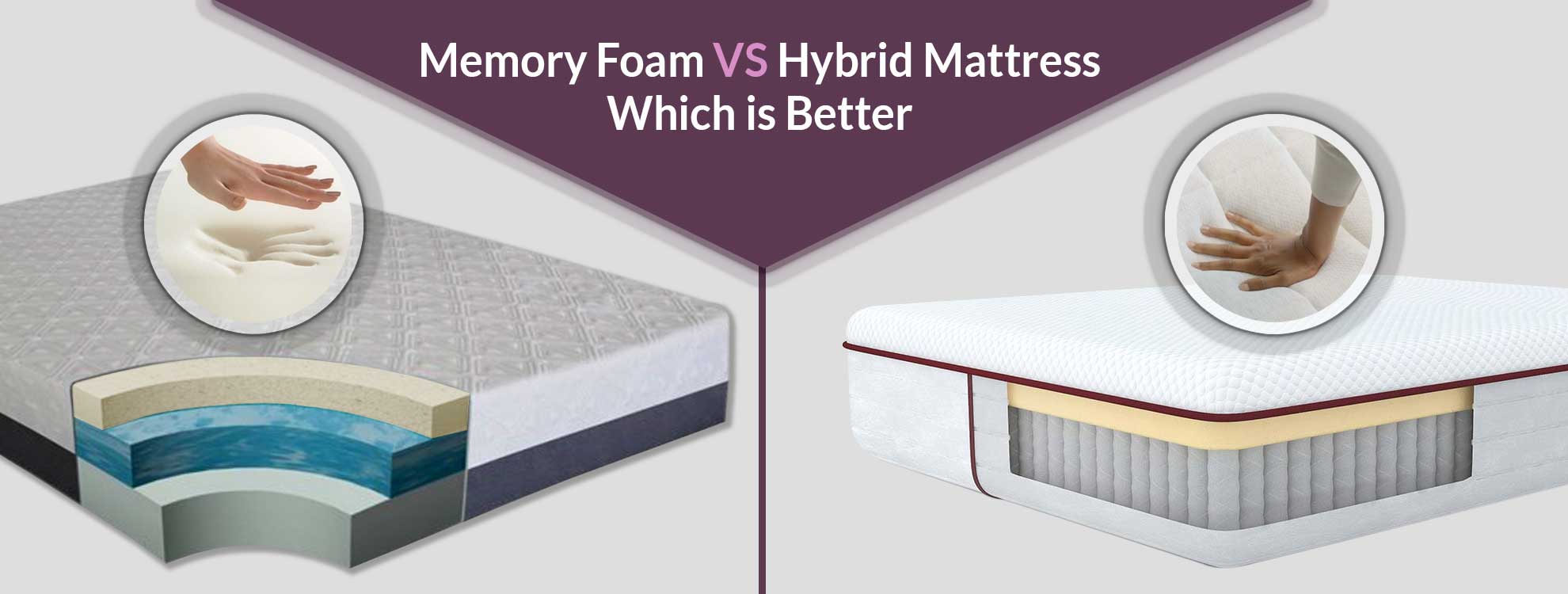
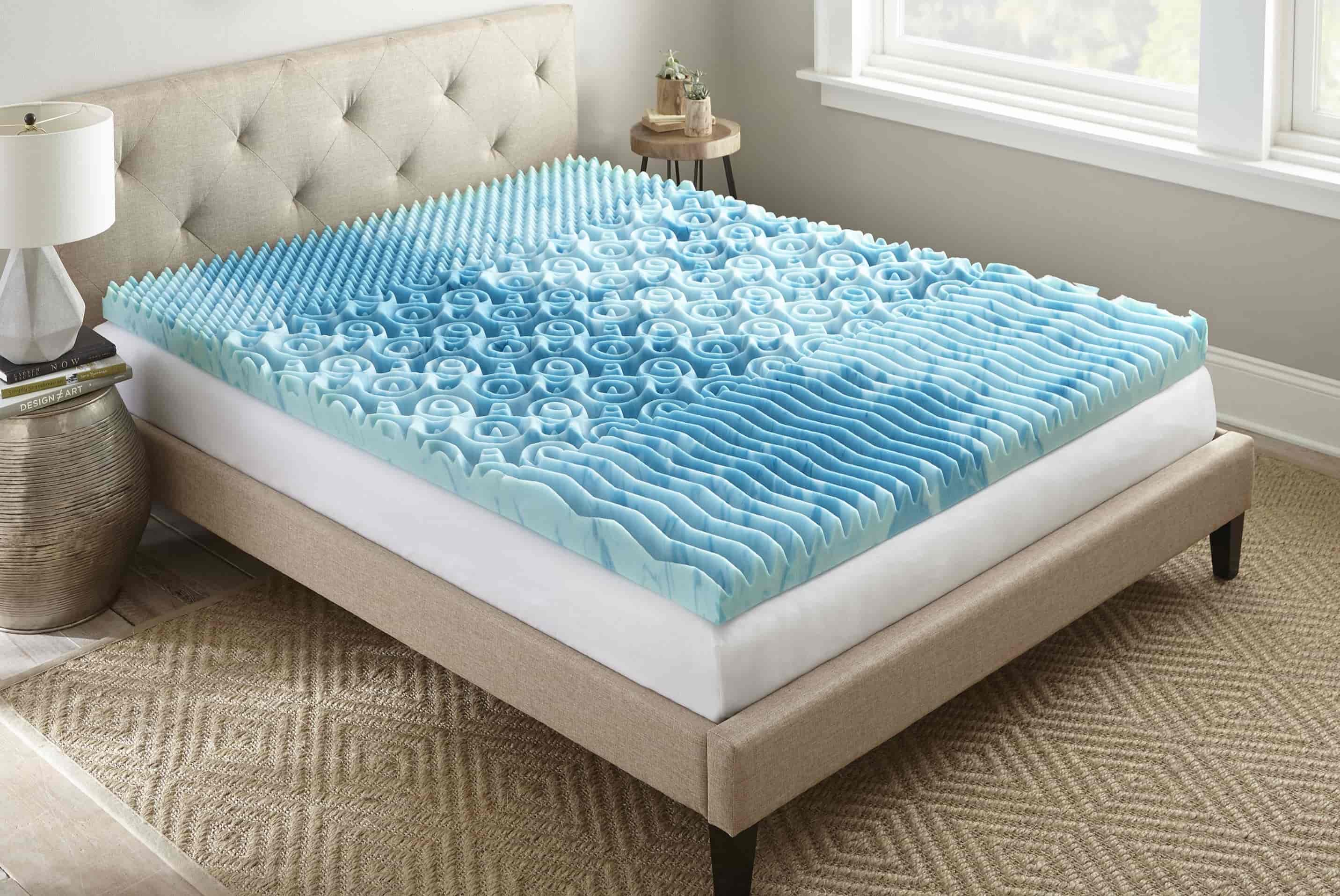
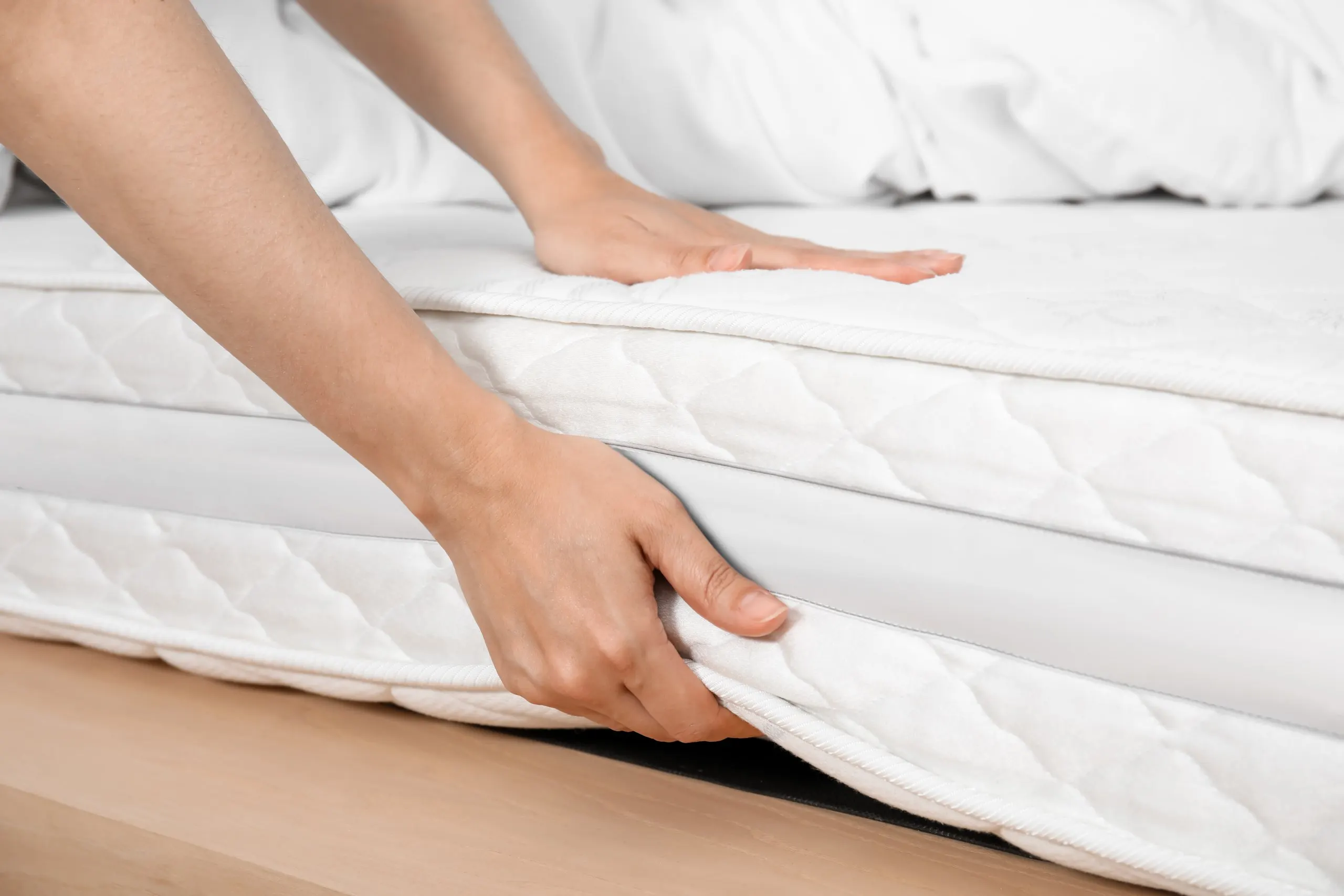
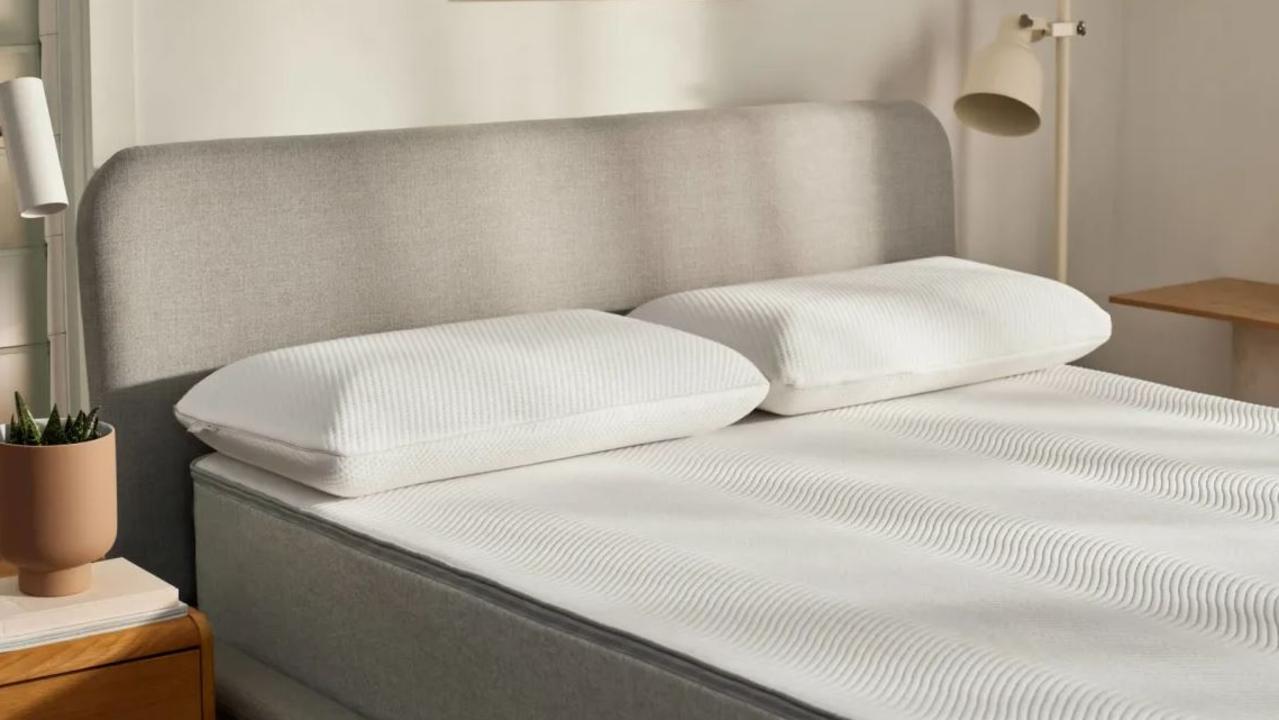
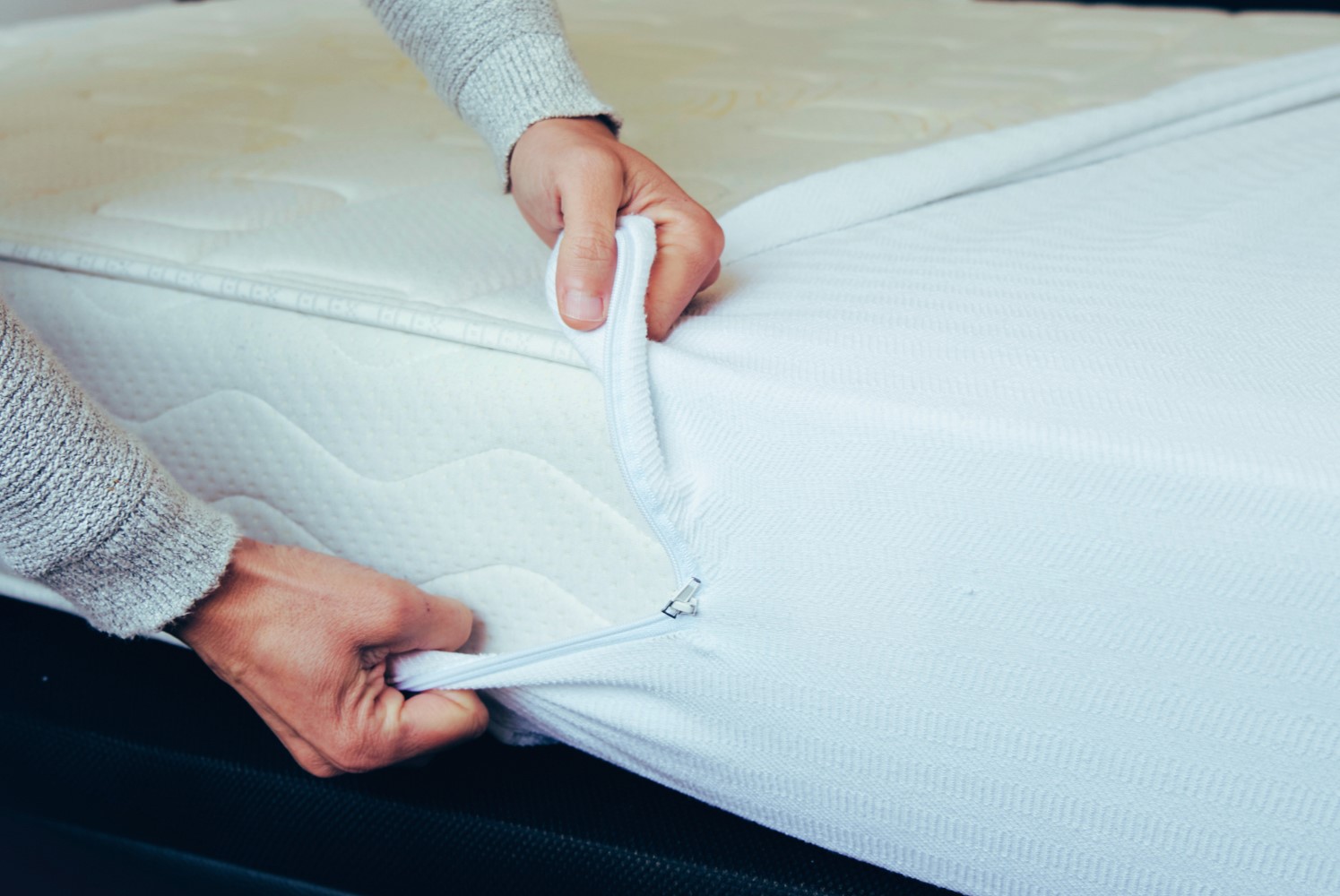
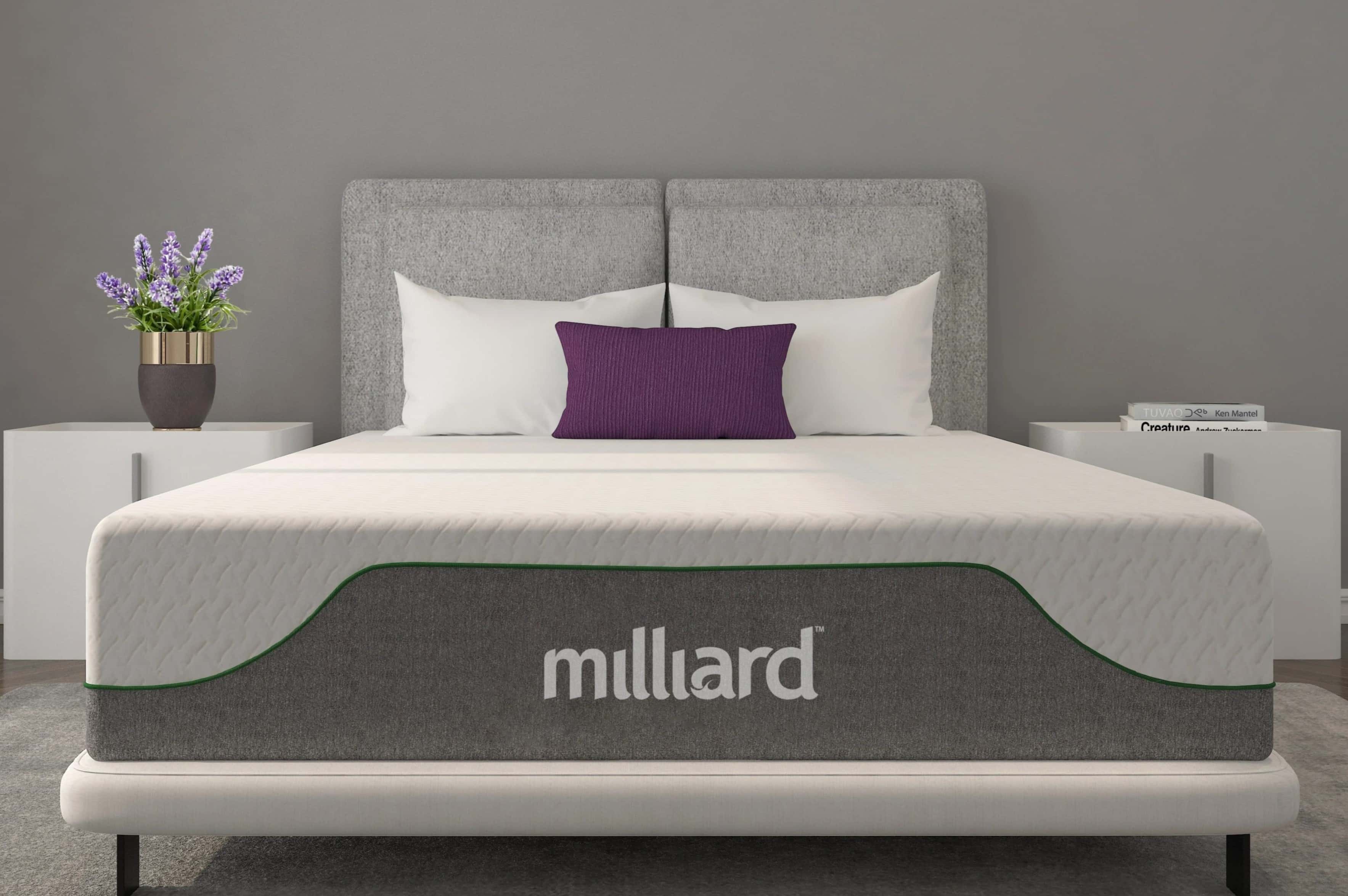
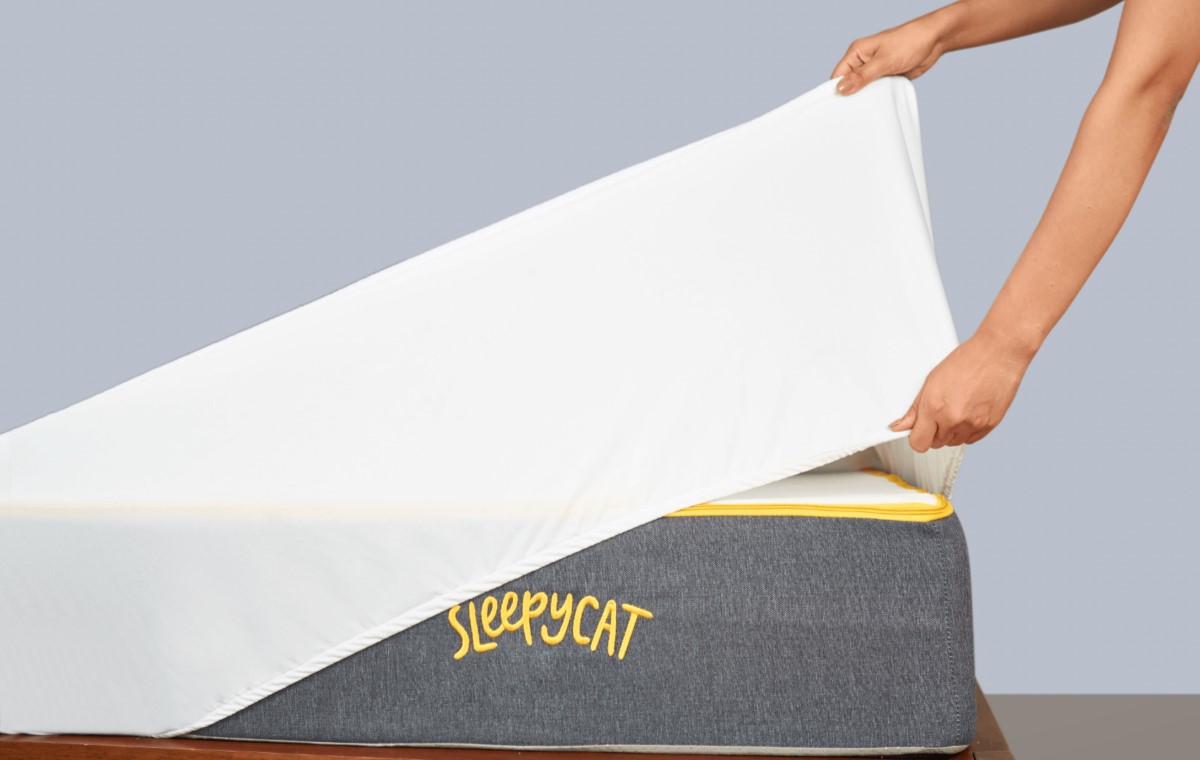
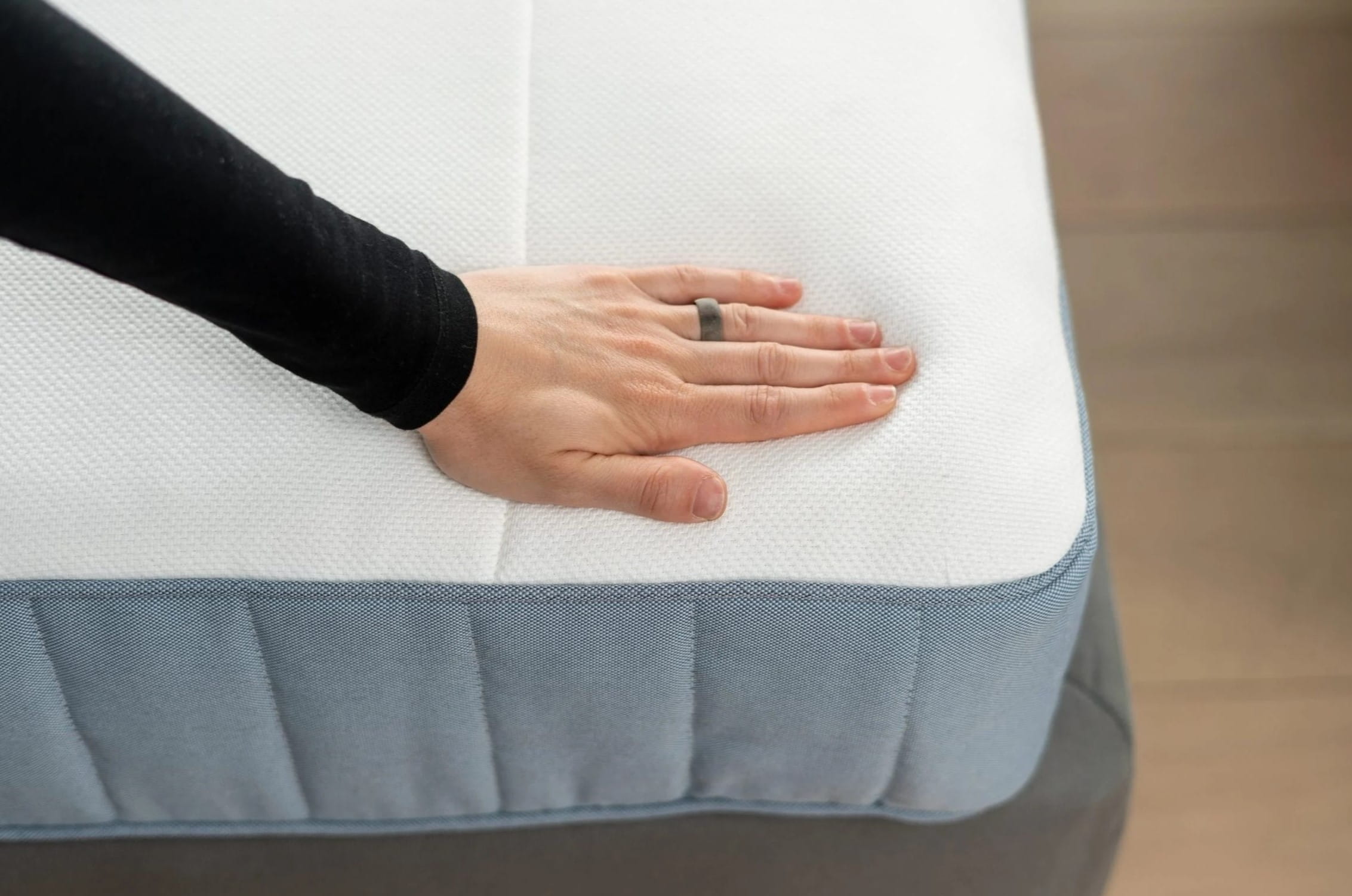



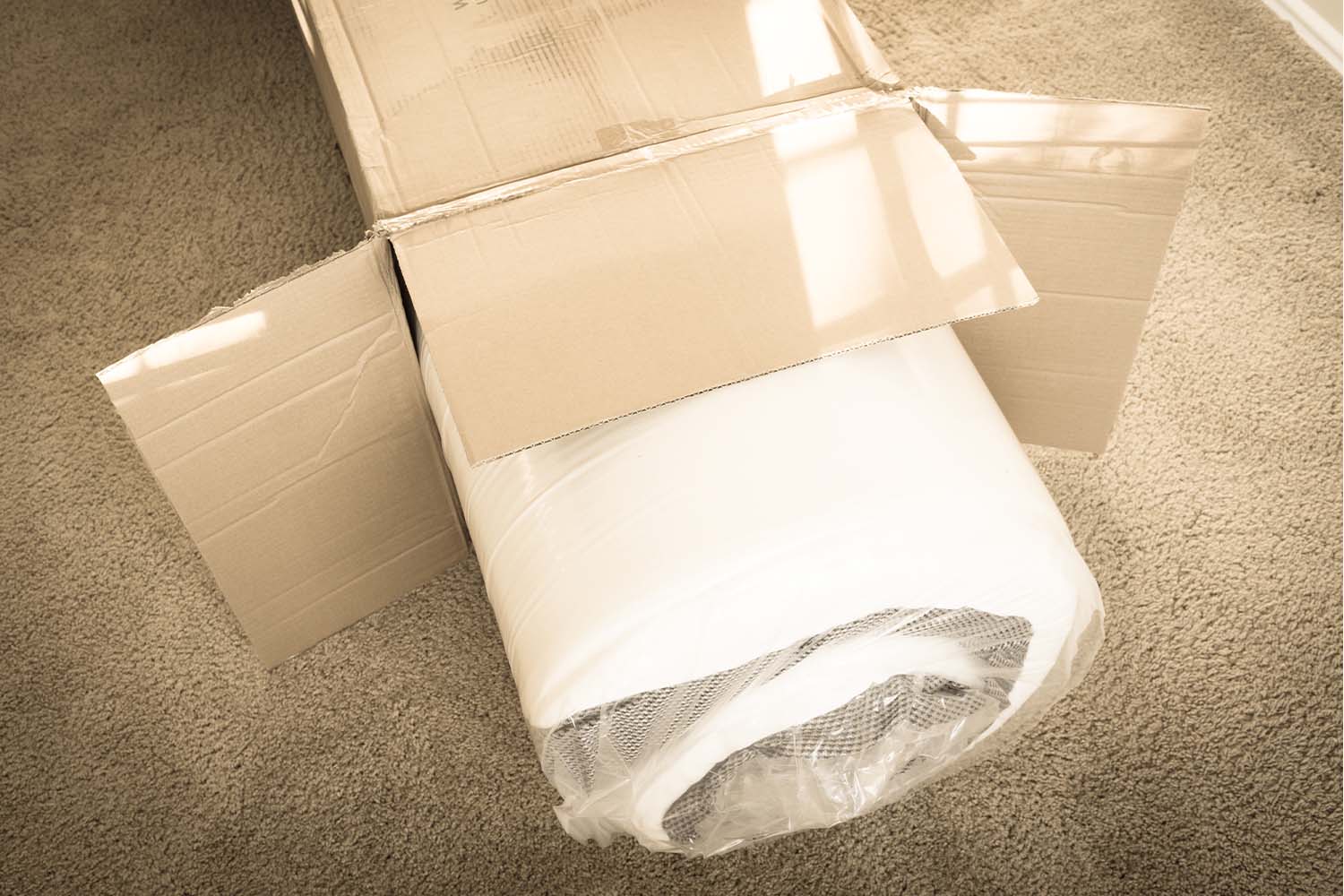
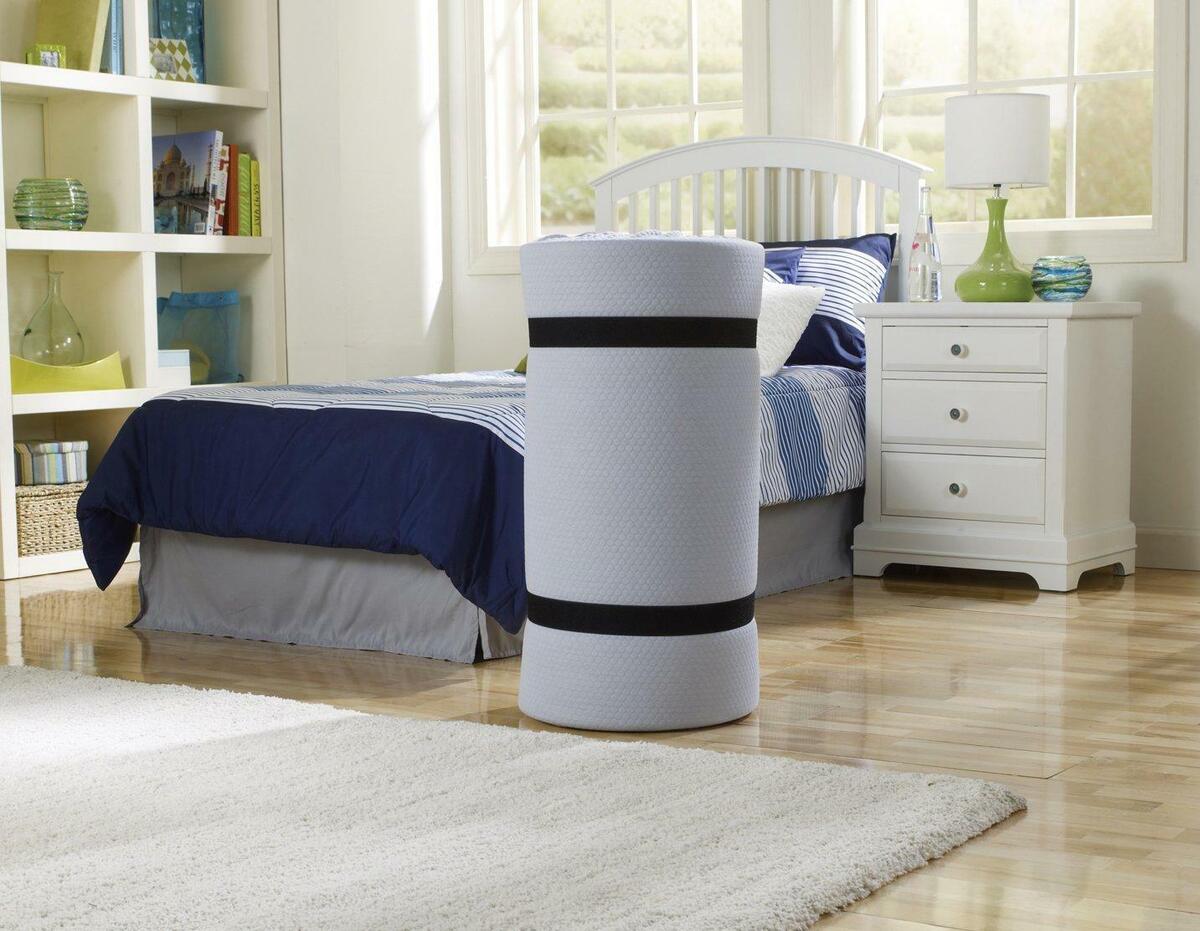
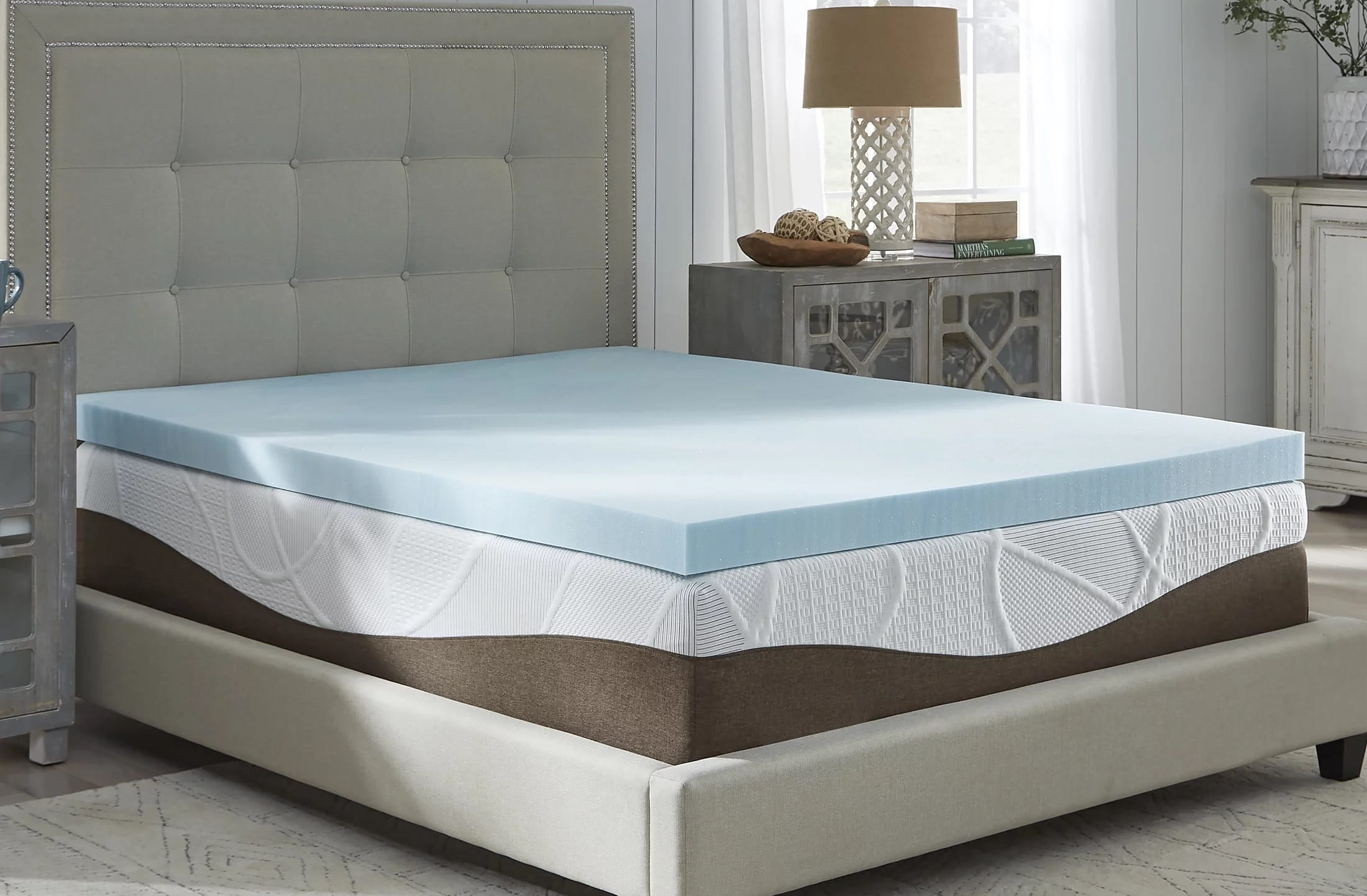

0 thoughts on “What Is A Memory Foam Mattress”